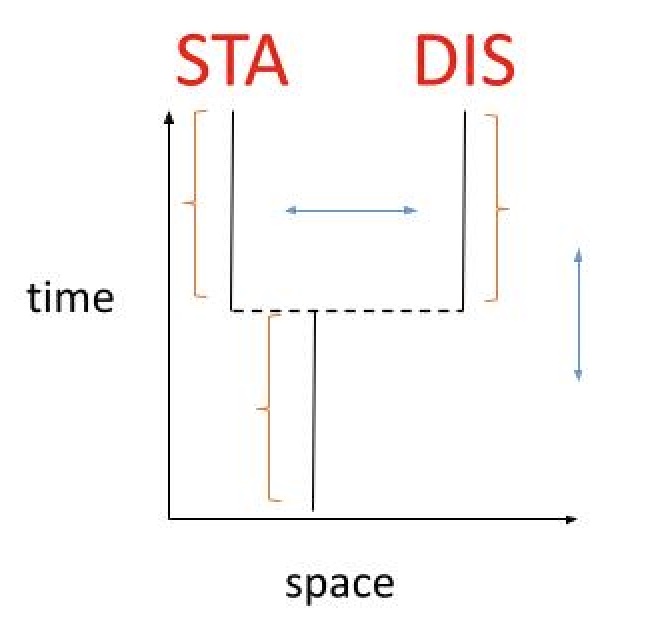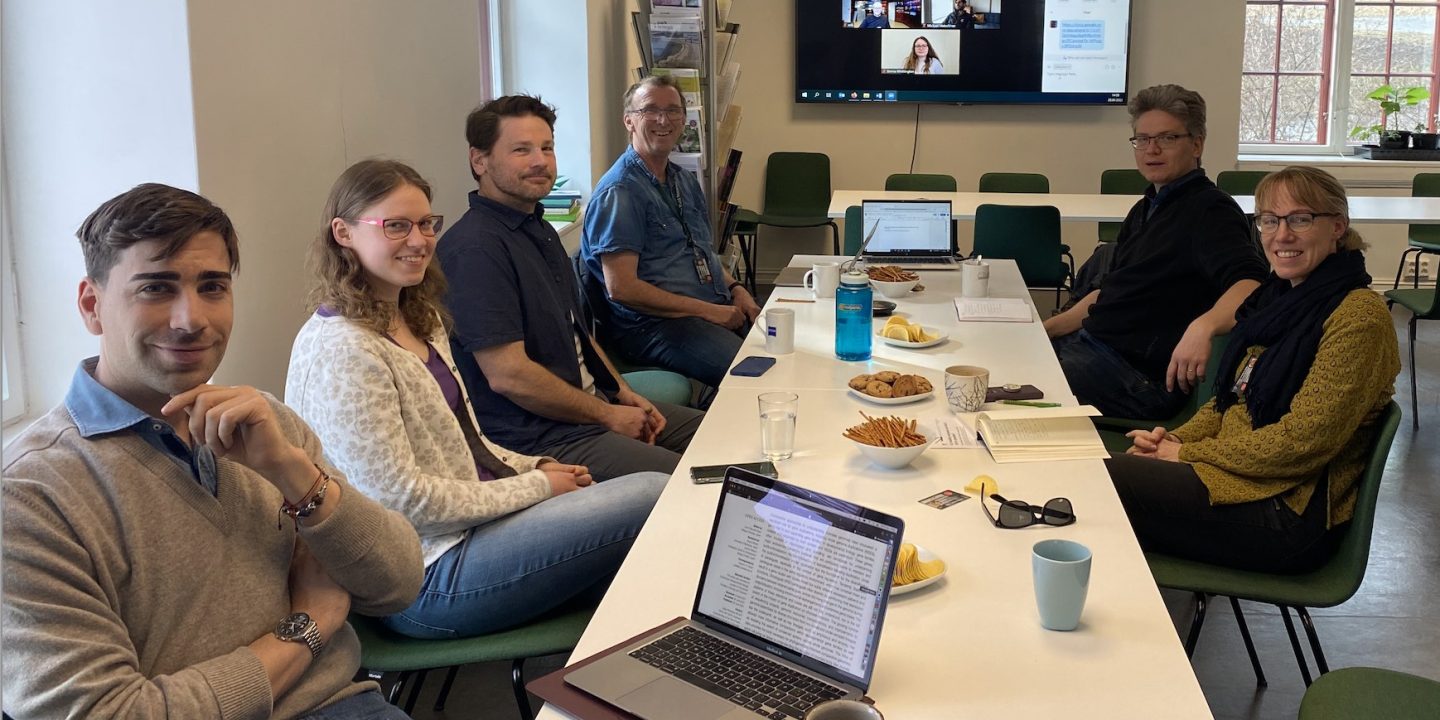Black coffee but also cookies, nuts, chocolate and fruits – certainly highly appreciated ingredients to support lively scientific discussions. This is also true for the recent SNAC discussions of scientific staff at the Natural History Museum Oslo (NHM).
Lively discussions – isn’t that the normal default for scientists? Yes it is, but many of them are pretty detailed and specific, e.g., about recent papers, grant issues, organization and structure, daily work routines, lab issues etc. SNAC, in contrast, particularly aimed at developing longer-term research strategies, potential for future cooperation, and opportunities for synergy among scientist that are working at the NHM’s nine different research groups (see https://www.nhm.uio.no/english/research/). In short, is it possible to arrange the available scientific expertise and excellence under a larger, unifying umbrella theme in order to become more powerful and to increase the institutions scientific impact even more?
Each meeting explored a particular topic, among them ‘Understanding Extinction’, ‘Ecosystem Function’, ‘What is a Diagnostic Character?’, ‘Reproductive Isolation’, ‘Parasites and Healthy Ecosystems’, ‘Stasis’ and ‘Ecosystem Composition & Stability’. A hallmark of all discussions was diversity (including members from various research groups), and even staff from other NHM sections participated to some extent. SNAC discussions opened for extensive brainstorming and horizon scanning but also critical assessment of the current NHM research portfolio.
NHM’s strategic plan 2020-2030 ‘Understanding Nature’s Diversity’ (https://www.nhm.uio.no/om/strategi/planer-rapporter/strategiplan-nhm-2030-digital-en.pdf) aims at exploring, among others, the research options in this direction and developing towards a Centre of Excellence by 2025. The SNAC discussions contributed an important step in the process. Currently, a careful SWOT (strength, weaknesses, opportunities, threats) analysis has started to enter the discussions into a new phase, indicating already now the usefulness and the relevance of interdisciplinary discussions and free brainstorming.

The new phase includes the establishment of a new interdisciplinary hub called STADIS, which will be officially kicked off in August after the summer break. In its initial phase STADIS will be led by Torsten Struck (our FEZ group), Micah Dunthorn (EGDE) and Mika Bendiksby (ISOP). However, there is already an open call for a PostDoc position connected to the STADIS hub pending. We will keep you posted on the developments in upcoming blog entries. There we will also present in more detail the general layout and the goals of the STADIS hub.
![]()
